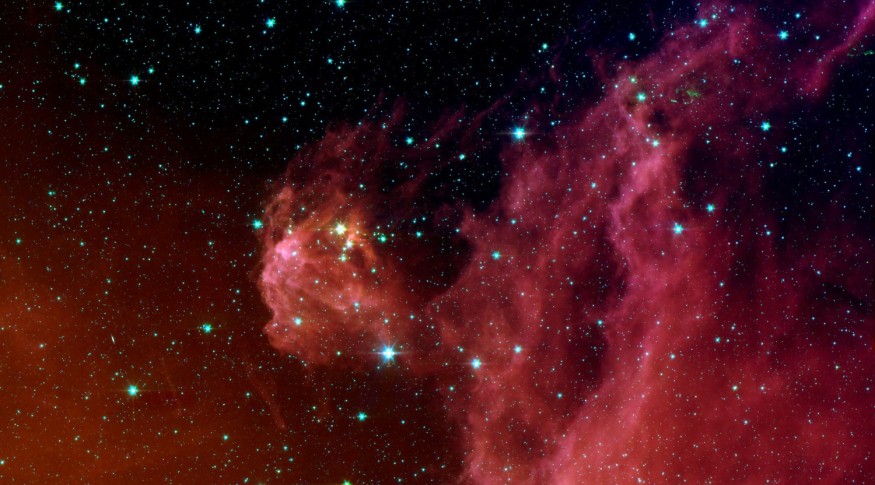The Messier 37 open cluster has been the subject of astro-photometric research by astronomers. This study's key finding is that Messier 37 is home to a sizable, developed planetary nebula. An article describing the work was posted on arXiv.org.

What is a Planetary Nebula?
When stars of intermediate mass die, they expand to produce red giants. The dying star will keep ejecting gas while, at the same time, its remaining core contracts and momentarily resumes emitting energy. The gas gets ionized by this energy, which means that its atoms and molecules become charged and start to emit light. The incandescent debris is referred to as a planetary nebula. As a result, planetary nebulae are categorized as emission nebulae.
According to ESA Hubble, planetary nebulae are unrelated to planets despite their names. Although rare, they are crucial for astronomers researching the chemical development of stars and galaxies.
Messier 37 Open Cluster
The brightest and richest open cluster in the constellation Auriga is Messier 37, located approximately 4,500 light years away. More than 500 stars have been discovered in it, with a radius of 10 to 13 light years and a mass of roughly 1,500 solar masses.
According to Wikipedia, an open cluster is a particular kind of star cluster made up of up to a few thousand stars around the same age and created from the same massive molecular cloud. More than 1,100 open clusters have been found within the Milky Way galaxy, and many more are believed to exist.
IPHASX J055226.2+323724 Planetary Nebula
A PN known as IPHASX J055226.2+323724, first discovered in 2008, is now supported by the evidence presented by a team of astronomers led by Vasiliki Fragkou of the National Autonomous University of Mexico. Furthermore, the likely central star of this PN turns out to be a white dwarf that was previously thought to be a high-probability proper motion member of Messier 37.
From IPHAS [INT Photometric H-Alpha Survey] imagery, Sabin found the nebula and designated it as a PN candidate. The researchers confirmed this uncommon OC-PN relationship with new, high-resolution radial velocity data.
The principal evidence supporting the idea that IPHASX J055226.2+323724 belongs to Messier 37 is the Gaia satellite's consistent measurements of the radial velocities and proper movements of the cluster stars and center star of the verified planetary nebula. Additionally, this scenario is supported by the PN positional proximity inside the cluster tidal radius, reddening, and distance agreement.
IPHASX J055226.2+323724 is described in the paper as a massive, bipolar, evolved, and low surface brightness PN. It is about 78,000 years old, 5.2 light years in radius. The internal structure of the PN is patchy, and its emission line spectra point to Type-I nitrogen-enriched chemistry. A white dwarf with a final mass of roughly 0.63 solar masses is the nebula's central star.
Galactic Open Cluster
In summarizing the findings, the paper's authors observed that IPHASX J055226.2+323724 is just the third PN in a Galactic open cluster that is currently known. They continued by saying that its evolved status offers crucial cues regarding the overall maximum visible lifetime of PNe.
The researchers concluded that planetary nebulae have an increased visible lifespan when found in clusters and that this one looks to have the largest kinematical age ever determined.
RELATED ARTICLE: NASA Hubble Space Telescope Finds Butterfly Nebula 'Flying' in Space [LOOK]
Check out more news and information on Space in Science Times.
© 2025 ScienceTimes.com All rights reserved. Do not reproduce without permission. The window to the world of Science Times.












